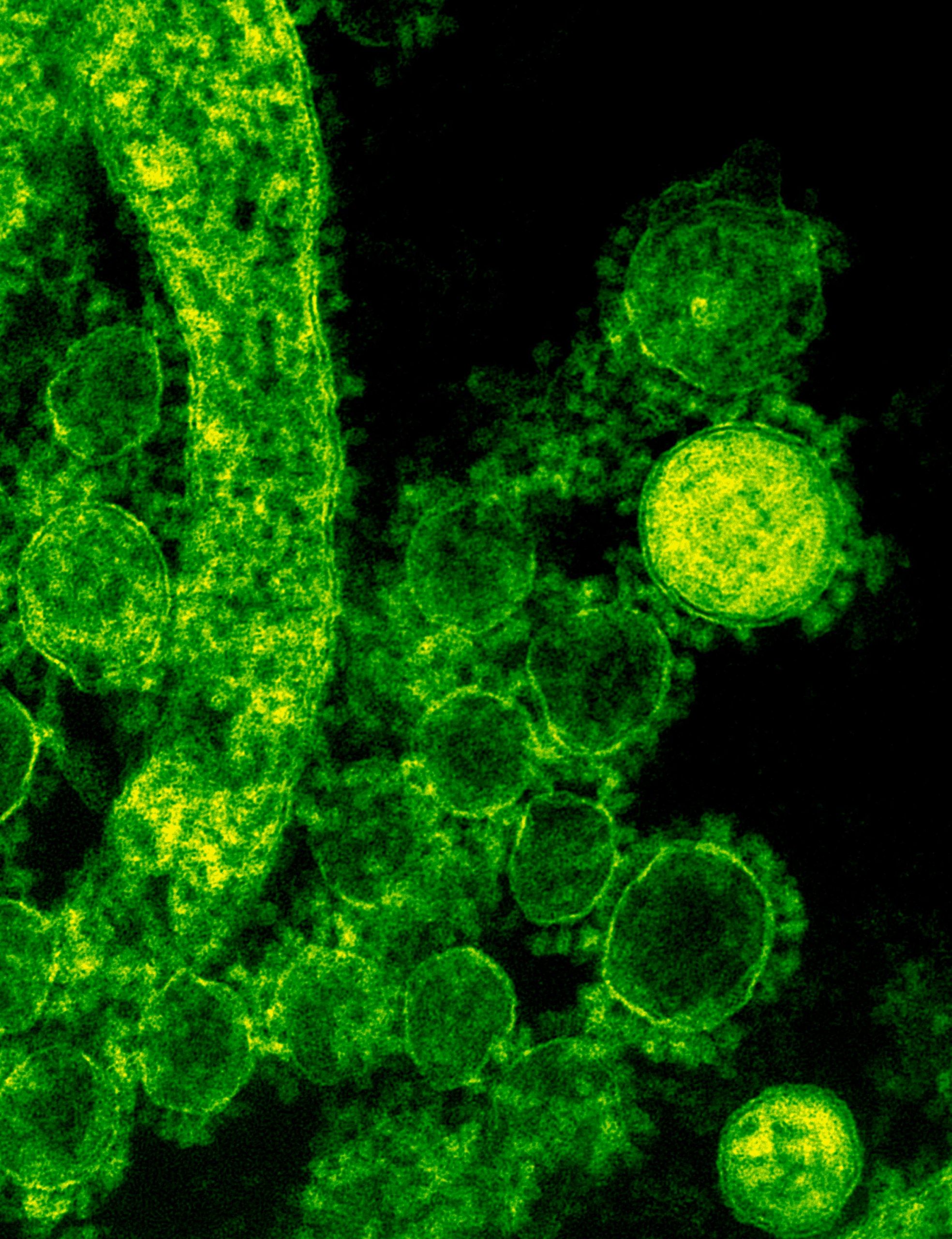
Understanding Pathological Demand Avoidance (PDA)
What is PDA?
Pathological Demand Avoidance (PDA) is a profile within the autism spectrum that is characterised by an extreme avoidance of everyday demands and a high level of anxiety. It was first identified in the 1980s by UK psychologist Professor Elizabeth Newson. Unlike other profiles of autism, individuals with PDA may possess social skills that disguise their difficulties, making it challenging to recognise and diagnose.
Individuals with PDA frequently exhibit:
- An intense resistance to everyday demands and expectations.
- Social strategies as a means of avoidance, such as distraction or negotiation.
- Sudden mood changes and impulsivity.
- A need for control, often driven by anxiety.
How PDA Can Impact People
The impact of PDA on individuals can be profound and varies from person to person. The core difficulty lies in the overwhelming need to avoid demands, which can result in significant anxiety and stress. This need for avoidance can lead to:
- Disruption in daily activities and routines, affecting school, work, and home life.
- Difficulties forming and maintaining relationships due to unpredictable behaviour and social anxieties.
- Emotional regulation challenges, often resulting in meltdowns or shutdowns.
- Compromised self-esteem and mental health issues, including depression and anxiety disorders.
For children, PDA can lead to significant challenges in educational settings where demands are frequent and structured. Adults may struggle with employment and independent living, often requiring tailored support to navigate these areas.
Working with PDA Children and Adults
When working with individuals with PDA, a flexible and understanding approach is essential. Here are some strategies that can be effective:
Building a Trusting Relationship
Establishing trust and a sense of security is fundamental. Consistency, patience, and a non-judgemental attitude can help build a positive relationship.
Reducing Demands
Rather than imposing direct demands, present choices and allow for autonomy. Break tasks into smaller, manageable parts and provide ample time for completion. Using indirect language, such as saying “I wonder if…” instead of direct commands, can also be helpful.
Using Interests and Motivations
Incorporate the individual’s interests and passions into activities and learning. This approach can make tasks feel less like demands and more like engaging opportunities.
Encouraging Self-Regulation
Teach and encourage coping mechanisms and self-regulation techniques. This can include mindfulness practices, sensory breaks, and other calming strategies.
Providing Clear and Predictable Routines
While flexibility is crucial, maintaining a basic structure with clear and predictable routines can help reduce anxiety and provide a sense of control.
What to Do if You Believe You or a Loved One May Have PDA
If you suspect that you or a loved one may have PDA, the following steps can help:
Seek Professional Assessment
Consult with a healthcare professional experienced in autism spectrum conditions. A thorough assessment by a psychologist or psychiatrist can provide a diagnosis and guide appropriate interventions.
Educate Yourself and Others
Learn as much as you can about PDA through reputable sources, support groups, and organisations. Educating those around you, including family, friends, and educators, can foster a supportive environment.
Implement Support Strategies
Apply the approaches and strategies mentioned earlier to help manage PDA effectively. Tailor these strategies to fit the individual’s unique needs and preferences.
Access Support Services
Reach out to local support services and organisations that specialise in autism and PDA. These resources can offer guidance, support, and a sense of community.
Advocate for Accommodations
In educational or workplace settings, advocate for reasonable accommodations that recognise and support the needs of individuals with PDA. This might include personalised learning plans, flexible working hours, or other adjustments.
Conclusion
Pathological Demand Avoidance is a complex and often misunderstood profile within the autism spectrum. With the right understanding, strategies, and support, individuals with PDA can lead fulfilling lives. Building awareness and fostering empathy within communities can make a significant difference in the lives of those affected by PDA.
By recognising the unique challenges and strengths of individuals with PDA, we can create more inclusive and supportive environments that enable them to thrive. If you believe that you or a loved one may have PDA, seeking professional guidance and implementing supportive strategies can be instrumental in navigating this journey.



